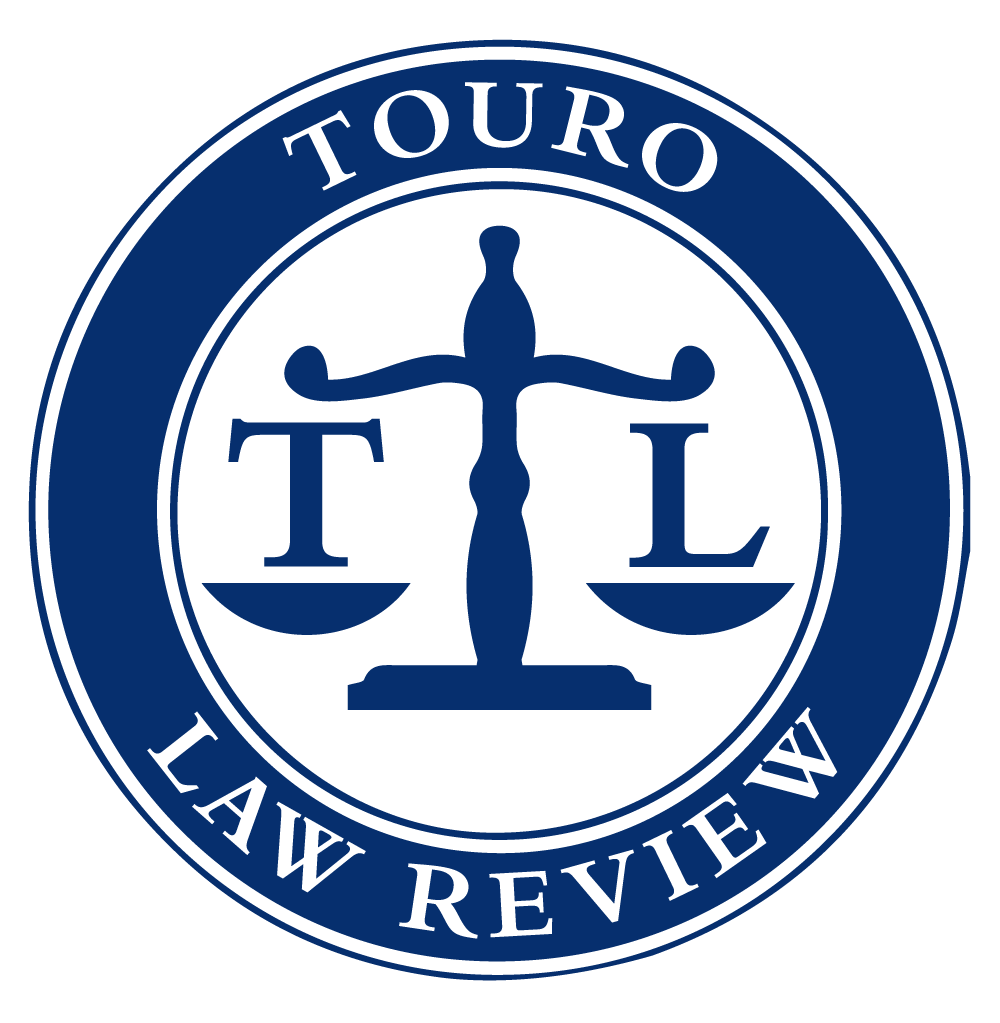
Touro Law Review
Abstract
Can bankruptcy solve a public health crisis? Bankruptcy has taken center stage in complex civil litigation, and the massive opioid litigation is no exception. The U.S. Supreme Court in 2024 decided its first recent case about the intersection of bankruptcy and modern public harms litigation in Harrington v. Purdue Pharma L.P., a decision that brought to the fore pressing questions about the increasing use of bankruptcy in mass torts. In raising concerns about bankruptcy courts being used as a “roving commission to solve all such problems” in complex civil litigation,” the case potentially signals the Court’s growing discomfort with creative uses of bankruptcy as an off-ramp to public harms litigation in the name of settlement. The significance of these developments is not limited to Purdue or even to the opioid litigation. From Purdue to other opioid manufacturers like Mallinckrodt to the Boy Scouts of America, the Catholic Church, and Revlon, we are seeing a surprising number of defendants in cases involving all kinds of public harm claiming they need to file for bankruptcy, even without being in financial distress, as an answer to the demands put on them by the mass tort system. Turning toward such “unorthodox civil procedure” is nothing new. Even before the Purdue bankruptcy, the massive federal opioid consolidated litigation itself—the “multidistrict litigation” (“MDL”)—was a prime example of procedural unorthodoxy, as was the parallel New York State opioid trial that is the subject of this symposium. The question now is whether bankruptcy has more to offer the parties than these other forms of creative and complex aggregate litigation and, if so, what might be lost from increasingly unorthodox deviations from the traditional litigation model.
Recommended Citation
Gluck, Abbe R.
(2025)
"Litigation, Reform, and the Opioid Crisis: From MDL to Bankruptcy,"
Touro Law Review: Vol. 40:
No.
2, Article 6.
Available at:
https://digitalcommons.tourolaw.edu/lawreview/vol40/iss2/6
Included in
Administrative Law Commons, Bankruptcy Law Commons, Civil Law Commons, Civil Procedure Commons, Litigation Commons


